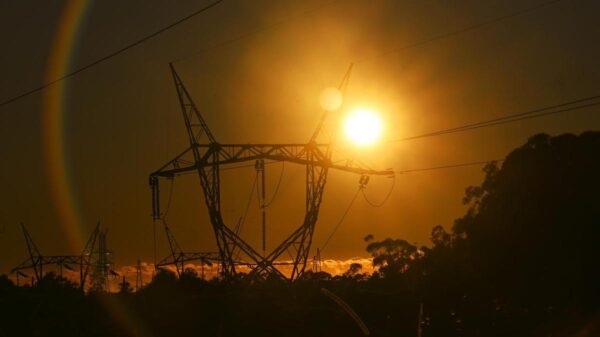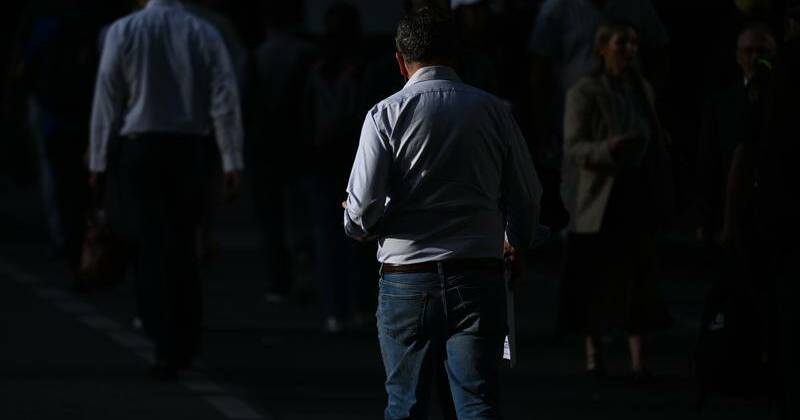The unemployment rate in New Zealand has surged to 5.3 per cent, marking its highest level in nine years and surpassing figures recorded during the pandemic. This increase in joblessness coincides with a significant trend of New Zealanders relocating to Australia, as economic opportunities in their home country dwindle. Currently, approximately 160,000 individuals are unemployed, the largest figure since 1994, according to data released by Stats NZ.
This latest report underscores a troubling trajectory for the New Zealand job market, which has shown a consistent decline since the unemployment rate reached a low of 3.2 per cent in December 2021. The situation reflects broader economic challenges that have plagued the nation, characterized by stagnant growth since 2022. The increased migration, particularly a net loss of 47,900 New Zealand citizens to Australia over the past year, exceeds previous brain drain levels recorded in 2008 and 2012.
Economic Response and Future Outlook
In response to the rising unemployment, the Reserve Bank of New Zealand has implemented a series of interest rate cuts aimed at stimulating economic activity. The official cash rate, which stood at 5.5 per cent in July 2024, has been reduced at nearly every meeting since, culminating in a significant cut of 50 basis points in October, bringing it down to 2.5 per cent.
Despite the current challenges, some economists see potential for recovery. Mark Smith, a senior economist at ASB, expressed optimism, stating, “Better signs are ahead. The unfolding economic recovery should see excess labour capacity gradually erode with the unemployment rate moving towards the four to 4.5 per cent Goldilocks zone by the end of next year.” Both the central bank and the treasury anticipate that the current unemployment figures may represent the peak of New Zealand’s job crisis, with improvements expected in 2026.
Regional Disparities and Youth Unemployment
The data reveals significant regional disparities in unemployment rates. In Auckland, the nation’s economic hub, the unemployment rate has climbed to 6.1 per cent. Similarly, the Gisborne-Hawke’s Bay region is experiencing a joblessness rate of 5.9 per cent.
Youth unemployment has also reached concerning levels, particularly among individuals aged 15 to 24, where the rate stands at 15.2 per cent. This demographic is facing heightened challenges as they enter a competitive job market that continues to contract.
The current figures paint a stark picture of New Zealand’s employment landscape, highlighting the urgent need for effective policies and strategies to foster economic growth and provide opportunities for its workforce. As the nation grapples with these challenges, the migration of skilled workers to Australia adds another layer of complexity to the economic recovery narrative.


































































